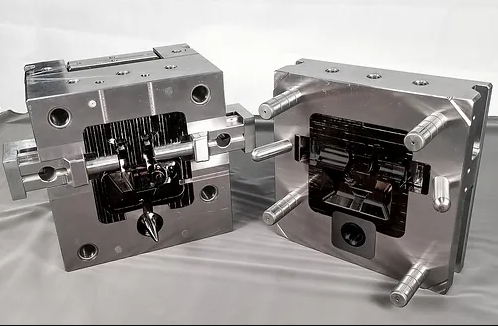In today’s rapidly changing world, innovation plays a crucial role in every aspect of our lives. It is the driving force behind technological advancements, business success, and even personal growth. However, when it comes to the English language, innovation is often overlooked. Many people view it as a fixed entity, with rules and structures that must be followed. But what if we were to challenge this notion and unleash innovation in the English language through the power of prototyping?
Prototyping, commonly associated with product design and development, involves creating a preliminary version of a product to test and gather feedback. This iterative process allows for experimentation and refinement, ultimately leading to a better final product. But what if we applied this concept to the English language?
Prototyping in the context of language involves exploring new ways of communication, experimenting with words, phrases, and structures to create innovative and impactful expressions. It encourages us to break free from the constraints of traditional grammar rules and embrace new possibilities.
One area where prototyping can unleash innovation in the English language is in the creation of new words. Language is constantly evolving, and new words are added to dictionaries every year. However, this process can be slow and sometimes fails to capture the latest trends and concepts. By actively prototyping new words, we can tap into the collective creativity of individuals and communities to create a more dynamic and relevant language.
For example, in recent years, technology has revolutionized our lives, and with it came a whole new set of vocabulary. Words like selfie, emoji, and hashtag have become commonplace in our everyday conversations. These words were not part of the traditional English lexicon but were prototyped and adopted to describe new concepts and phenomena. By encouraging prototyping, we can ensure that the English language remains adaptable and reflects the ever-changing world we live in.
Prototyping also allows for the exploration of new grammatical structures and sentence patterns. English grammar has long been considered rigid, with strict rules governing word order and sentence construction. However, by prototyping alternative structures, we can introduce more flexibility and creativity into our language.
Take, for example, the sentence, I am going to the store. This sentence follows the conventional subject-verb-object structure. But what if we were to prototype a new structure, such as To the store, I am going? While this may sound unconventional, it adds a poetic and dramatic flair to the sentence. By embracing such innovations, we can infuse the English language with new life and make it more expressive and engaging.
Furthermore, prototyping can be a powerful tool for language learners. Traditional language learning approaches often focus on memorizing vocabulary and grammar rules, leaving little room for creativity and personal expression. By incorporating prototyping into language learning, learners are encouraged to experiment with the language, helping them develop a deeper understanding and fluency.

For instance, language learners can prototype conversations and scenarios to practice their speaking skills. They can create role-plays, improvise dialogues, and experiment with different accents and intonations. This hands-on approach not only makes language learning more enjoyable but also enhances learners’ ability to communicate effectively in real-life situations.
The power of prototyping in unleashing innovation in the English language cannot be underestimated. By encouraging the creation of new words, exploring alternative sentence structures, and incorporating prototyping into language learning, we can transform English into a more dynamic, adaptable, and expressive language. So let us embrace the spirit of innovation and prototype our way to a better, more innovative English language.
-

- Magnesium alloy die casting auto parts transfer case
-

- Magnesium alloy Thixomolding power batter housing
-

- Thixomolding parts & components mobile phone middle board processed
-

- Magnesium alloy thixomolding die-casting UAV parts C
-

- OEM die-casted parts& components
-

- Magnesium alloy die-casting parts&components for e-bike

 0086-750-5616188
0086-750-5616188 +86 13392089688
+86 13392089688 sales@zhongmei-tech.com
sales@zhongmei-tech.com







